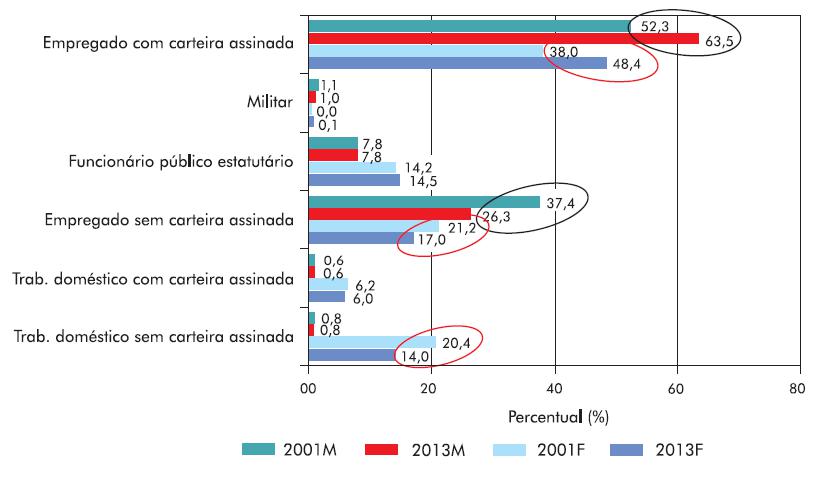ABSTRACT
The objective of this study is to analyze the influence of education on income distribution among employees in the public and private sectors in the Brazilian economy in 2001 and 2013. The methodology used is the decomposition of the Gini Index, both sources of income as by groups of work activities. We use the Stata software as a tool for processing the micro data released by the National Sample Survey of Households - PNAD / IBGE. It appears that between 2001 and 2013 there was a reduction in inequality of income distribution in the economy, the Gini index fell from 0.571 to 0.506. An increase in the concentration ratio in the civil service revenue, which is a regressive parcel; and there was a decrease in the concentration ratio of the income of employees in the private sector, which is a portion of progressive income. It is detected, too, that women have more years of schooling than men, on average 1.3 years longer. However, women's average income is 22.0% lower than the average male income; this difference was more pronounced in 2001, both years of study as in revenue.
KEYWORDS:
inequality; private sector; public workers; income employees

 Fonte: Elaboração própria com base em dados da PNAD/IBGE de 2001 e 2013.
Fonte: Elaboração própria com base em dados da PNAD/IBGE de 2001 e 2013.
 Fonte: Elaboração própria com base em dados da PNAD/IBGE de 2013.
Fonte: Elaboração própria com base em dados da PNAD/IBGE de 2013.
 Fonte: Elaboração própria com base em dados da PNAD/IBGE de 2013.
Fonte: Elaboração própria com base em dados da PNAD/IBGE de 2013.
 Fonte: Elaboração própria com base em dados da PNAD/IBGE de 2001 e 2013.
Fonte: Elaboração própria com base em dados da PNAD/IBGE de 2001 e 2013.